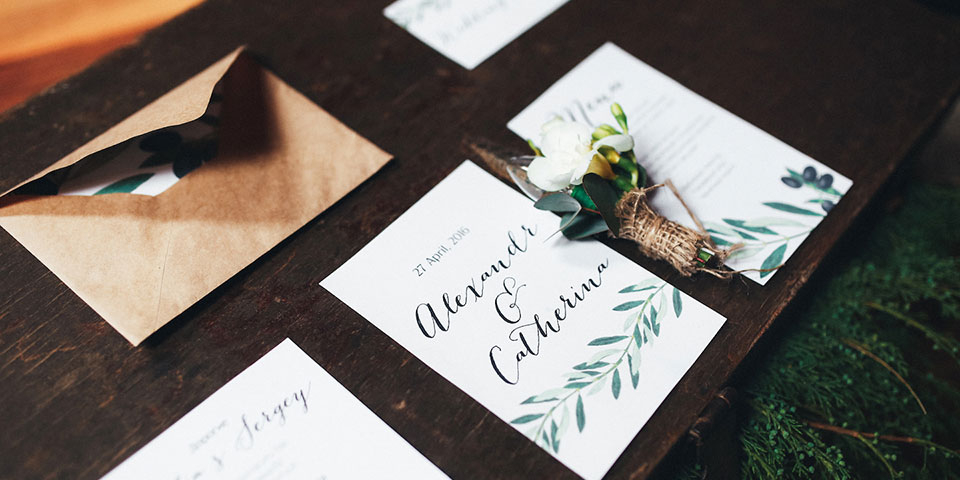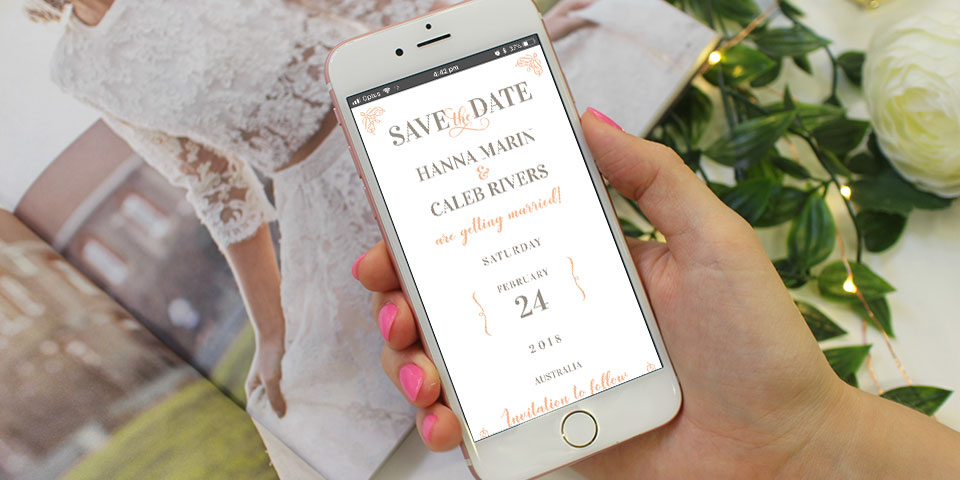Digital wedding invitations (also known as e-vites or paperless invitations) have become widely accepted as a modern alternative to traditional invites. But what exactly is the etiquette involved in sending online invitations for your wedding?
If you’ve decided to take the digital route with your invitations, there are a few things you should keep in mind to ensure the experience is seamless for your loved ones. Keep reading for our digital wedding invitation etiquette guide, including some major faux pas you should avoid along the way!
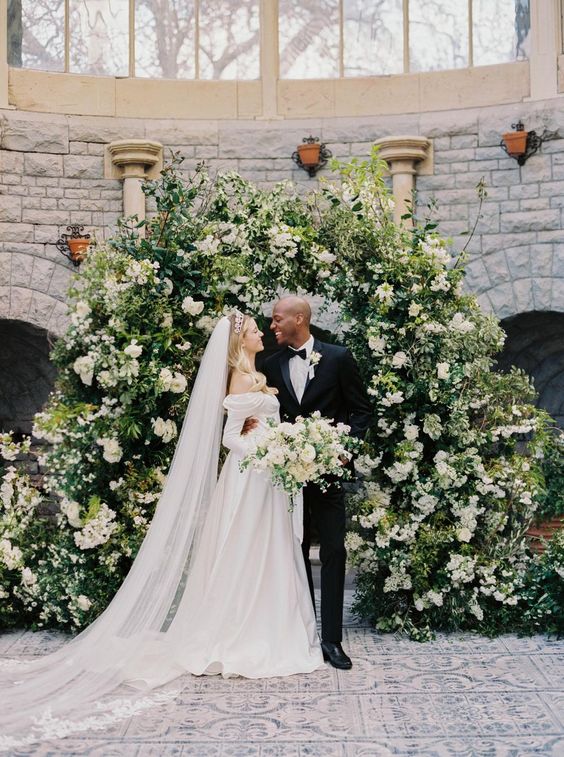
What are Digital Wedding Invitations?
As the name suggests, digital wedding invitations are simply wedding invitations sent virtually to your guests via email. Your loved ones will receive a copy of your invitation straight to their inbox, and can RSVP to your wedding in just a few clicks.
Are Digital Invitations Acceptable For Weddings?
Absolutely! In today’s modern world, digital invitations are totally acceptable for all kinds of celebrations, including weddings.
Love the elegance of paper invitations? Going digital with your wedding invitations doesn’t mean you need to compromise on style. There are plenty of beautiful invitation templates widely available online, or you can design your own e-vites from scratch to suit the vibe of your wedding.

What’s The Correct Etiquette When Addressing Digital Wedding Invitations?
Just like traditional paper invitations, you’ll want to make sure your digital invitations are addressed appropriately to your guests.
For couples, simply include both names separated by the word “and”. If you’re planning a formal event, you may want to include titles and surnames, but if you’re planning a relaxed wedding, you can keep it casual with first names only.
For example:
Mr Tate Robinson and Mrs Bianca Robinson
Mr and Mrs Robinson
Tate and Bianca Robinson
Bianca and Tate
For single guests, simply address them by name, either formally or informally. If a plus one is being offered, add the words “and guest” after their name.
And what about families? Well, if children are invited, you can address them by their names (typically ordered by oldest to youngest) following their parent’s names.
For example:
Mr and Mrs Robinson
George, William and Henry
If you’re hosting a child free wedding, simply address the parents using the examples above.
What Do You Need to Include On Your Digital Wedding Invitations?
When it comes to invitation etiquette, try to avoid cramming your digital wedding invitations with too much information! You don’t want to overwhelm your loved ones or clog up their inbox. Instead, keep them short and sweet, and direct your guests to your wedding website for more details.
With that being said, your digital invitations should definitely include the following details:
- Your names
- A request for attendance
- Wedding date
- Ceremony start time
- Wedding venue
- RSVP date and method
- Wedding website link (and password, if relevant)
Then, use your wedding website to outline all of the extra information your guests may require for the day. For example: accommodation options, dress code and FAQs.
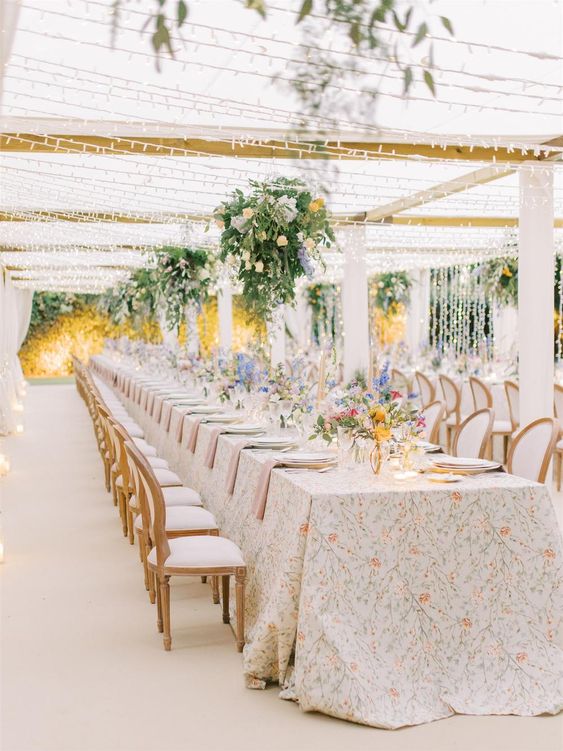
Faux Pas To Avoid On Your Digital Wedding Invitations
Now, let’s talk about some etiquette faux pas – because there are a couple of things you definitely shouldn’t include on your digital wedding invitations.
First, your gift registry details. It’s considered impolite to include a gift registry link or wishing well details on your invitations. Instead, leave a gracious note on your wedding website for guests who may be interested. You can check out our gift registry ideas and wording examples here!
You should also avoid mentioning any pre and post-wedding events on your wedding invitations (for example, your rehearsal dinner or recovery lunch) unless all guests are invited. These details will need to be communicated separately – or, if you’re using WedSites, you can create personalized views on your wedding website based on who’s looking. This means only the guests invited to these events will be able to view and RSVP to them.
And if you’re planning a child-free wedding? Instead of including a blunt “No Kids Allowed” on your wedding invitations, we’d suggest addressing this tactfully via your wedding website, instead. You can say something like “Although we love your little ones, please note our wedding will be an adult-only affair”.
Timeline Etiquette For Sending Digital Wedding Invitations
Just like traditional wedding invitations, you should be mindful of giving your guests enough time to plan and prepare for your special day. So, what is the appropriate timeline for sending your digital wedding invitations?
We’d suggest using the following timeframe as a helpful guide:
- Save the dates: Send around 6 months before your wedding, or 9-12 months for a destination wedding.
- Digital wedding invitations: Send around 2-3 months before your wedding, or 4-6 months for a destination wedding.
- RSVP due date: Around 3-4 weeks before your wedding, or 6-8 weeks for a destination wedding.
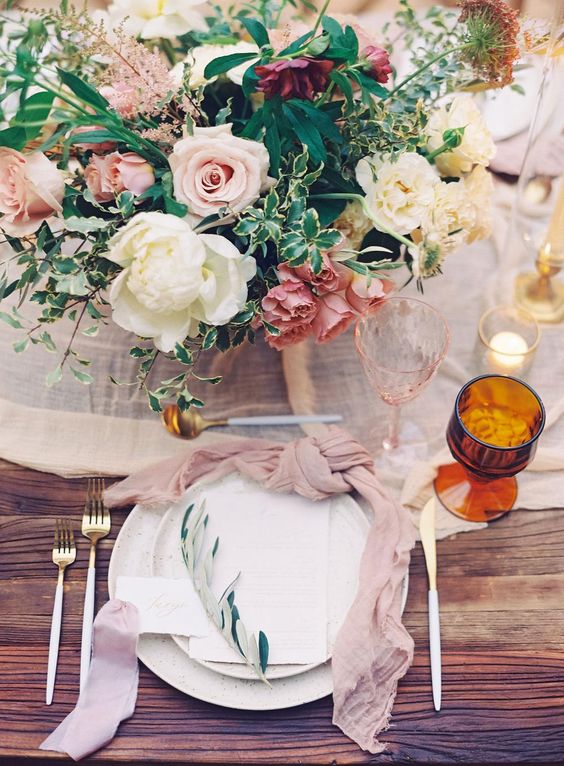
Are Digital Invitations Acceptable for a Black Tie Wedding?
Can digital invitations still be used for a very formal wedding? Traditionally, paper invitations are a more formal option for a black-tie wedding. In saying that, you can definitely create digital invitations with an elegant appearance! If you want to set a sophisticated tone with your online invitations, opt for serif fonts, a sleek color palette, and formal wording.
Should You Send Digital Invitations to Elderly Guests?
If you have any elderly guests who may not be online, it can be a good idea to print and send them a physical copy of your invitation instead. You could even send them a handwritten note or simply communicate the details with them over the phone.
The Benefits of Sending Digital Invitations For Your Wedding
There are plenty of reasons to consider taking the digital route for your wedding invitations.
Digital invitations mean less paper waste, making them an eco-friendly option. If you’re trying to plan a sustainable wedding, this is a great way to reduce your carbon footprint. Here at WedSites, we even plant one tree for every wedding planned on our platform!
Online wedding invitations are also more cost-effective. Instead of forking out hundreds of dollars on printing, paper and postage, digital invitations can be designed and sent directly to your guests at a fraction of the cost.
If you want to simplify the wedding planning process, digital wedding invitations can also save you time with online RSVP tracking. Your guests’ details will be securely stored in your digital database, so you can quickly see at a glance who has responded and who you’re waiting to hear back from. This also means you don’t need to worry about your invitations getting lost or damaged in the mail.
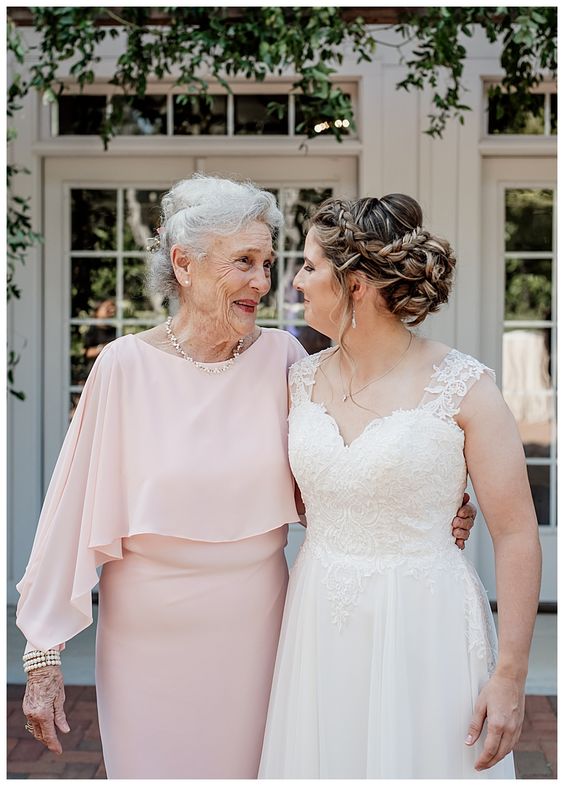
How to Send Digital Invitations for Your Wedding
Don’t be daunted – sending digital invitations for your wedding is easy! There are several online platforms that offer paperless wedding invitations, each with their own pros and cons to think about.
Finding the right platform will really depend on the features you need – for example, RSVP tracking, the ability to upload your own design, or whether you want a matching wedding website. We’ve rounded up the 6 best digital wedding invitations with online RSVPs here!
Want to learn more? Check out the pros and cons of sending digital wedding invitations, or view our range of customizable templates here at WedSites.

